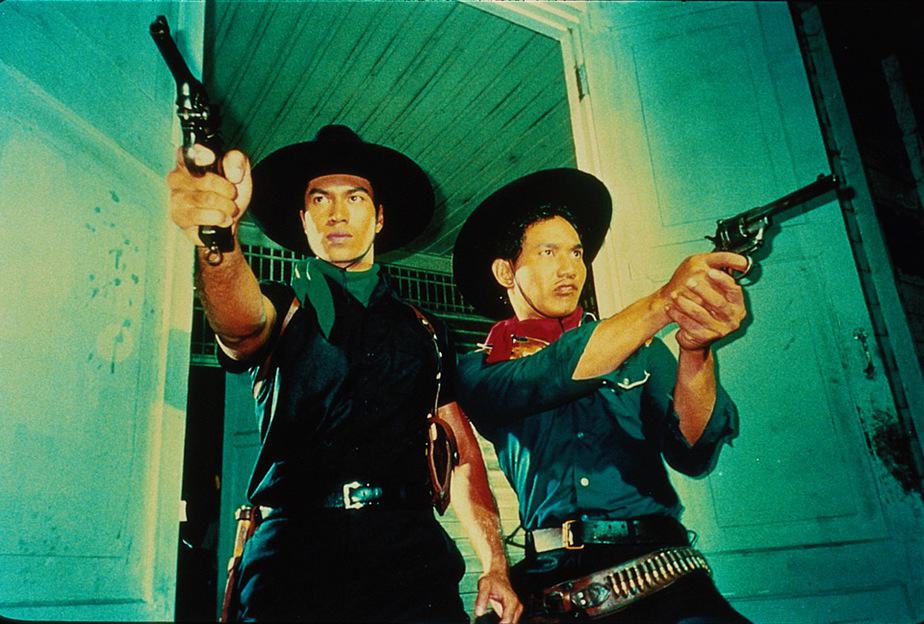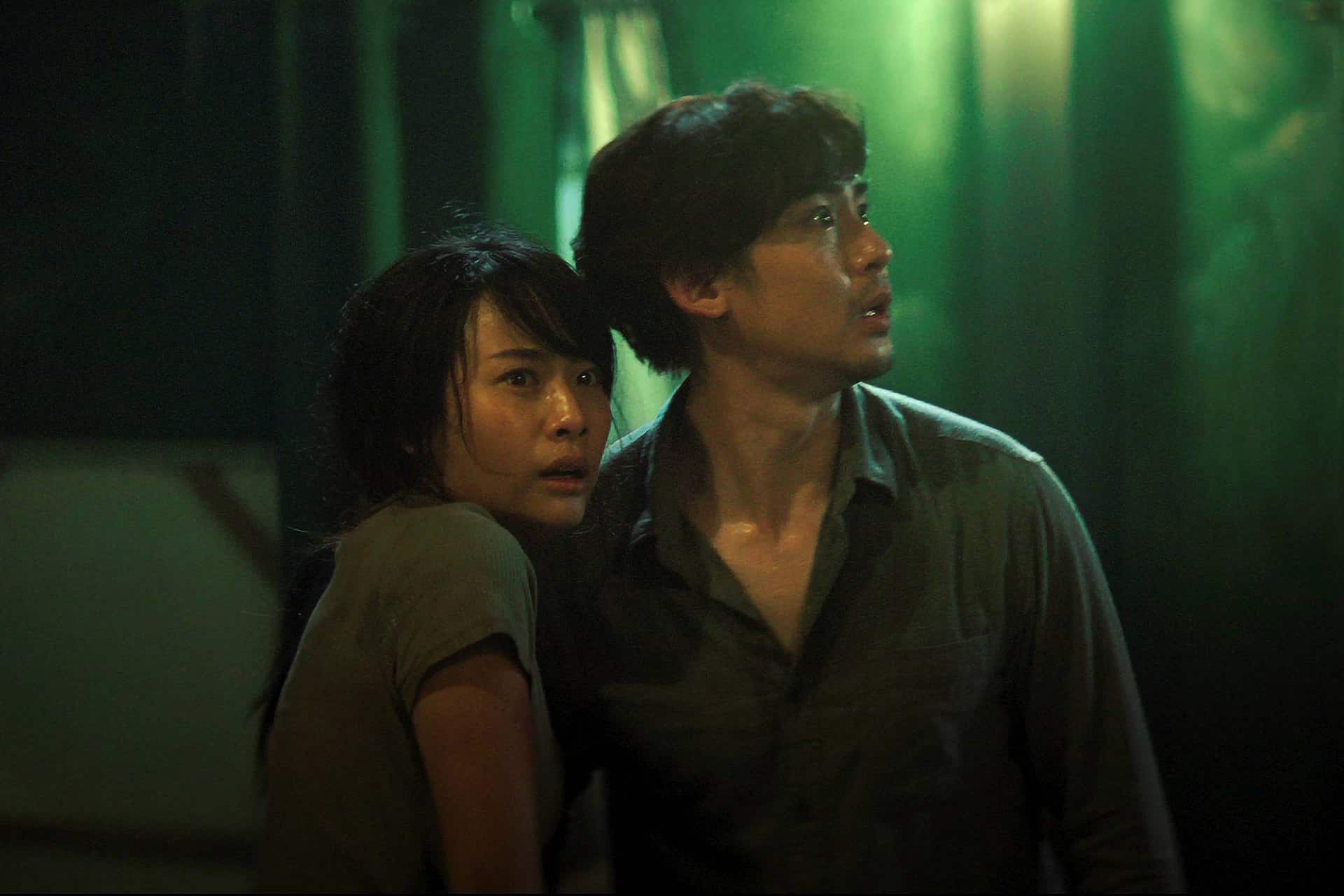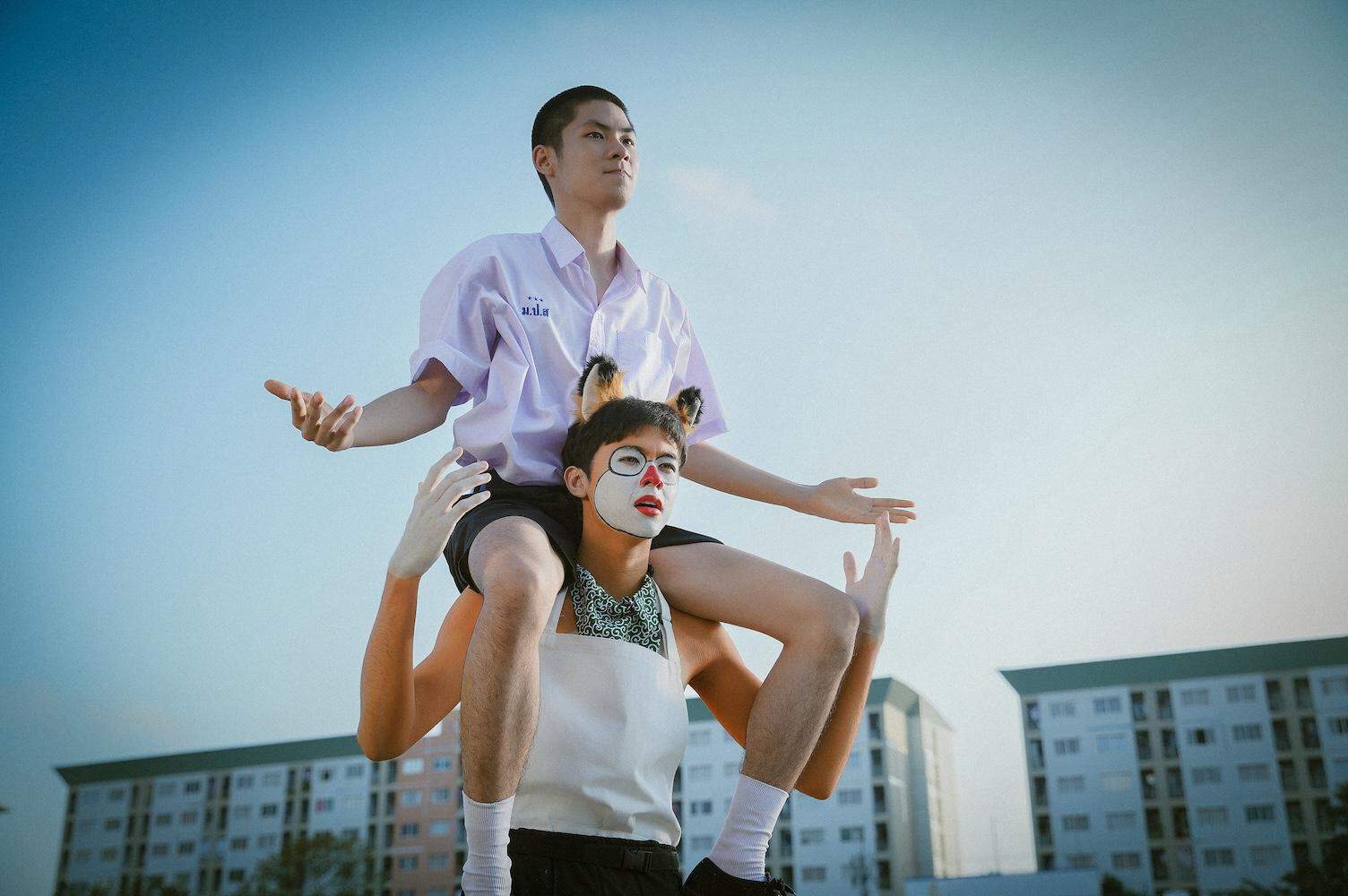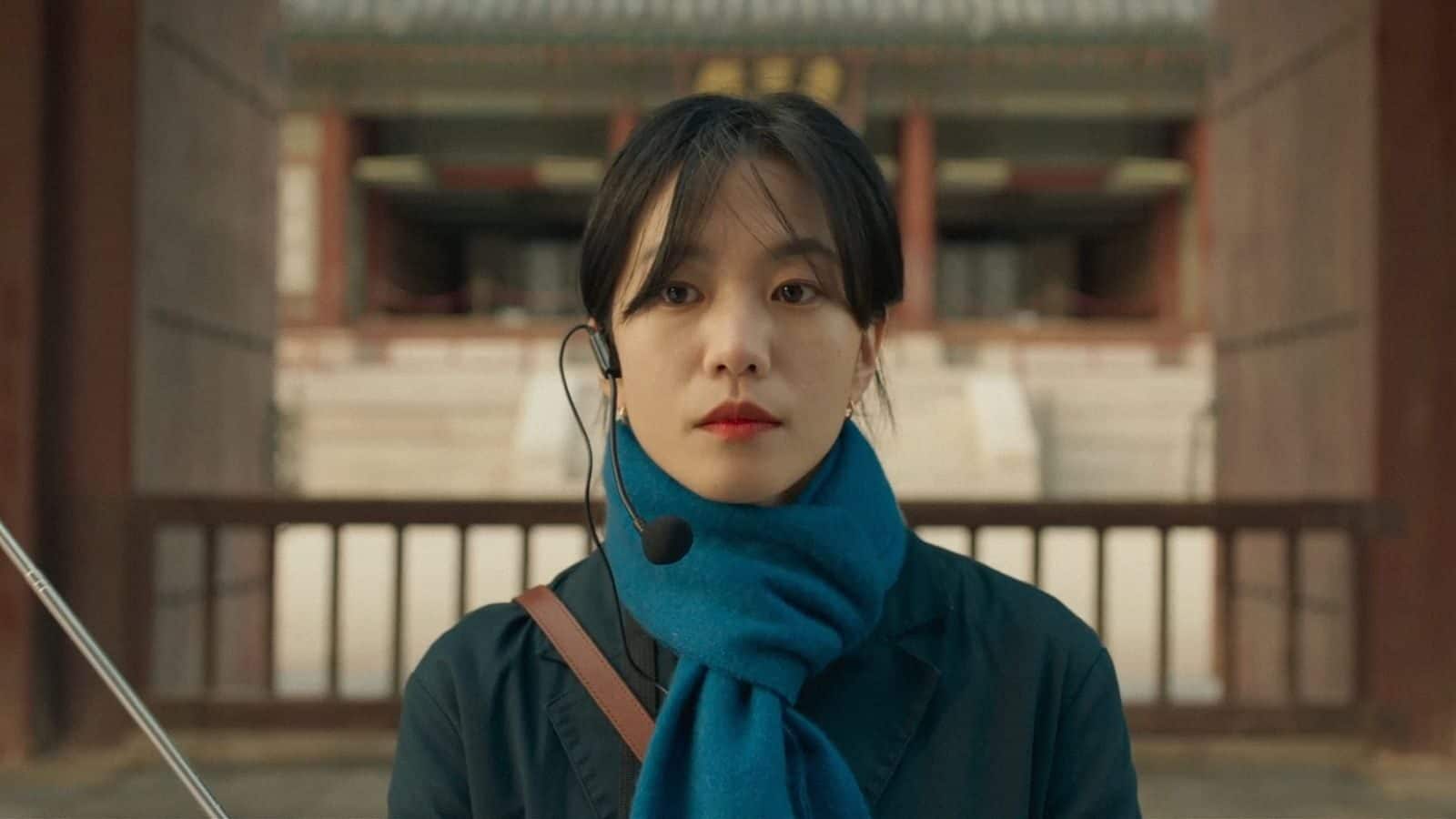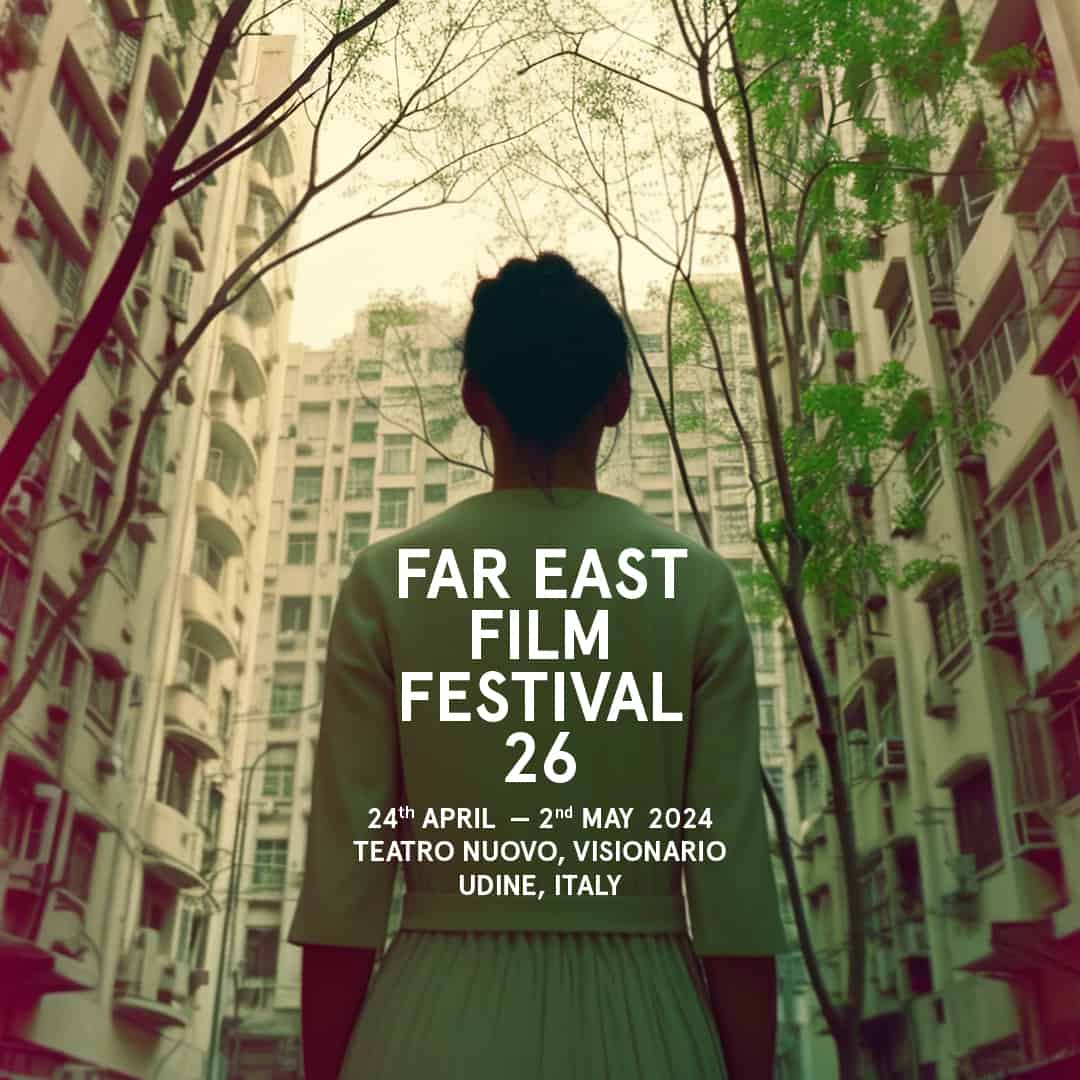“Tears of the Black Tiger” is a landmark for the Thai film industry, for a number of reasons. The fact that is presented as an amalgam of a parody and a homage to the romantic melodramas and action Thai movies of the 50s and the 60s is the first. The second is that it was the first picture from Thailand to be selected for competition at the Cannes Film Festival (2001). The third is that it was screened in festivals all around the world, even winning awards in a number of them. The fourth is that despite also winning a number of local awards and enjoying a wide release in Thailand, it was actually a flop at the box office. The fifth that it was purchased from Miramax, which eventually presented a cut that was very different that what Sasanatieng intended the film to be, to his large disappointment. Evidently, we are dealing with a true cult film here. Let us take things from the beginning though.
Tears of the Black Tiger is screening at the 17th New York Asian Film Festival
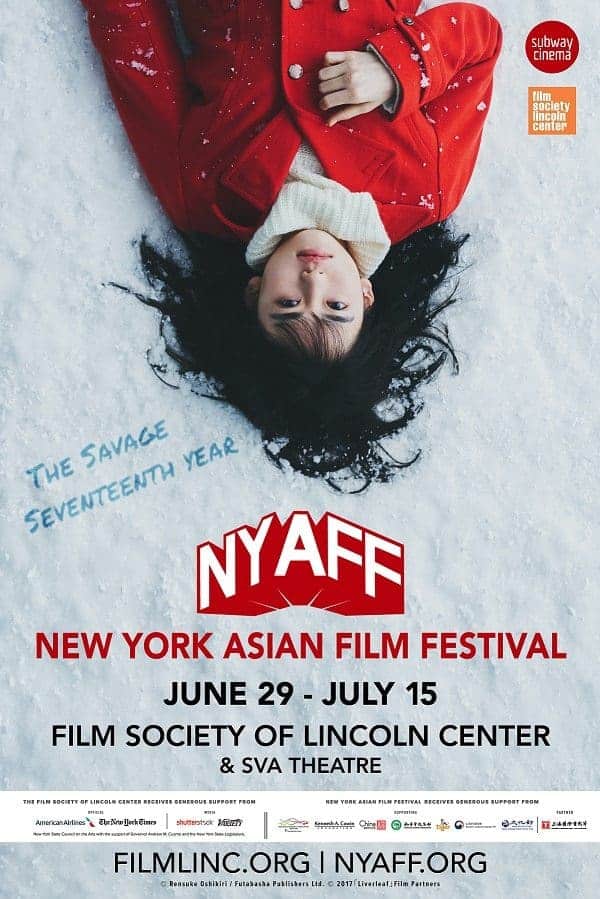
Chronologically, the story starts when two kids, peasant boy Dum and the daughter of the local governor, beautiful Rumpoey, start a teenage romance, which is interrupted by a terrible set of events, that have the girl almost dead and the boy being severely punished. Ten years later, the two meet again briefly and state their love for each other, but this time, their actual circumstances separate them. Dum is a member of a group of notorious bandits headed by Fai, and has assumed the name Black Tiger, while he is considered the fastest gun in the country, with only another member of the gang, Mahasuan, challenging his superiority. Rumpoey on the other hand, has been promised by her father, to police Captain Kumjorn and the two are engaged. As Black Tiger faces Mahasuan in a series of events that ends up with the two becoming blood brothers, Kumjorn vows to destroy Fai's group, and eventually attacks his hideout with a large force.
In his effort to make a parody of and parody the genres mentioned in the prologue, Wisit Sasanatieng directs a movie that could be described as “Tarantino meets Gone With the Wind”. The first aspect derives from the absurdity and the exploitation aesthetics of the various battles, which are filled with improbable occurences (check the intro and the shot Black Tiger makes, which is actually presented twice with slow-motion the second time) and blood. On the other hand, the rest of the movie unfolds as a romantic film about a love against all odds that transcends time, much like Victor Fleming's classic, although again with a presentation that mixes the homage with the parody.

The narrative is filled with flashbacks and extreme occurrences, presented in an almost dizzying fashion through Dusanee Puinogho's editing, who retains a very fast pace during the action scenes, and a relatively slow one, during the romantic ones. One of the most impressive and equally absurd aspects of the film is Ek Iemchuen's set design, which includes a number of scenes where the background is shamelessly painted on a wall, in a tactic that is actually a homage to “likay”, a Thai form of folk opera. Nattawut Kittikun had a rather difficult job in the cinematography department, having to capture many different settings in different fashion, but he succeeded to the fullest, filling the screen with extreme colors, that suit the general aesthetics of the production to the fullest. The same prowess applies to Chaiwichit Somoboon's costumes, which also present a mixture of western and period film.
The acting follows the same, dual rules of the general aesthetics, with the actors conducting themselves in absurd fashion during the action scenes, and a bit more reserved during the dramatic ones. Chartchai Ngamsan as Black Tiger and Stella Malucchi as Rumpoey highlight their chemistry on screen, presenting a love that transcends time and circumstances. Supakorn Kitsuwon is a great (and despicable) villain as Mahesuan, while Suwinit Panjamawat as the young version of Black Tiger occasionally steals the show.
“Tears of the Black Tiger” is a truly cult film in all aspects and provides a very rewarding experience, although I felt that the romantic aspect could be a bit toned down. However, scenes like the one where a villain gets a bullet in his mouth which throws his whole body on the air, definitely compensate.


